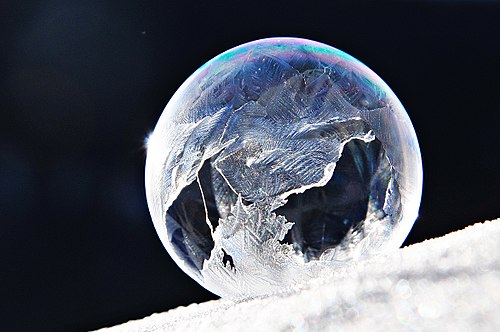Soap bubbles are simple yet captivating—they sparkle with rainbow-like colors that mesmerize anyone watching, from kids blowing bubbles in the yard to adults at science museums. But have you ever wondered why soap bubbles reflect those dazzling colors? Let’s dive into the science behind these colorful spectacles, focusing on how light interacts with soap and the role of surface tension.
The Science of Light Interference: Why Bubbles Look Like Mini Rainbows
The colors we see on a soap bubble come from a phenomenon called thin film interference. This happens when light encounters the bubble’s thin layer of soapy water, which has two soap layers with a very thin film of water in between. Here’s what goes on:
- Multiple Reflections: As light hits the soap bubble, some of it reflects off the outer layer of soap, while some light passes through the soap layer and reflects off the inner layer. These reflections then interact with each other.
- Interference Patterns: The light waves reflecting off the inner and outer soap layers overlap. Sometimes they enhance each other (constructive interference), creating brighter colors, while other times, they cancel each other out (destructive interference), resulting in darker areas.
Why Colors Change with Bubble Thickness
The rainbow effect isn’t random; it actually depends on the thickness of the soap film. As the bubble moves, thins out, or even evaporates, the thickness changes, shifting the colors. When a bubble gets very thin, close to popping, it might even look dark or black, because the interference at this point cancels out nearly all colors.

Source: Wikimedia Commons. A close-up of a soap bubble on a liquid surface showing intricate color patterns.
Surface Tension: The Secret to a Bubble’s Shape
If you've noticed, bubbles always appear spherical, no matter how hard you try to blow them into different shapes. This shape is thanks to surface tension. Here’s how it works:
- Molecules and Stretching: The bubble’s surface is made of a thin film of water trapped between two layers of soap molecules. Soap molecules help reduce water’s natural surface tension, making it easier to stretch without breaking.
- Spherical Perfection: Surface tension pulls the bubble’s surface tight, giving it a shape that minimizes its surface area—forming a perfect sphere. This shape is stable and allows the bubble to show off those vibrant colors.

Source: Wikimedia Commons. A bubble frozen into a crystal-like structure, showing how bubbles respond differently under cold temperatures.
Conclusion
The magical colors of soap bubbles aren’t just pretty to look at—they’re an example of some fascinating science. Thin film interference creates the colors, while surface tension keeps the bubble stable in its iconic shape. So next time you see a soap bubble floating by, you’ll know there’s some serious science at work inside that shimmering sphere!




0 Comments